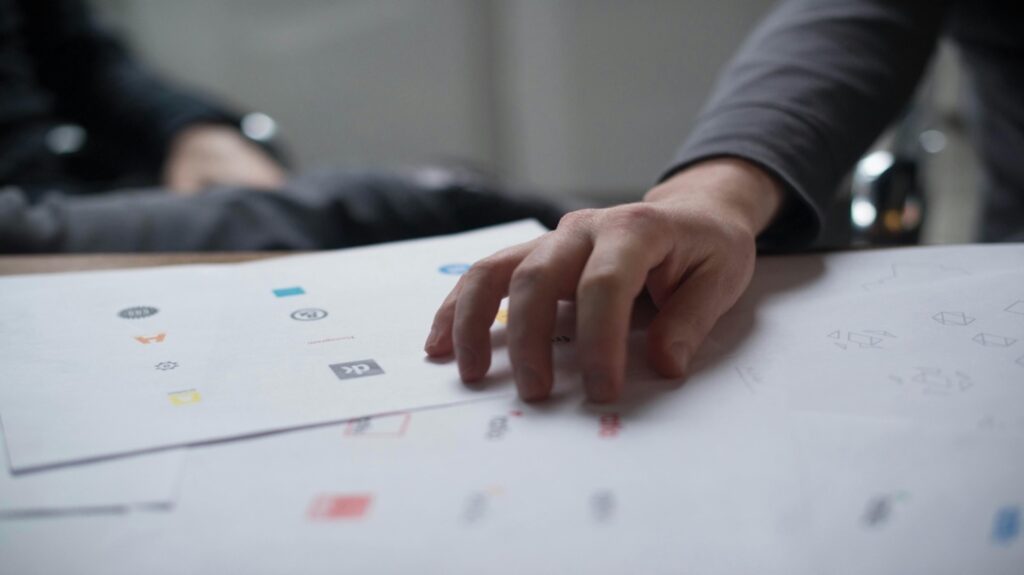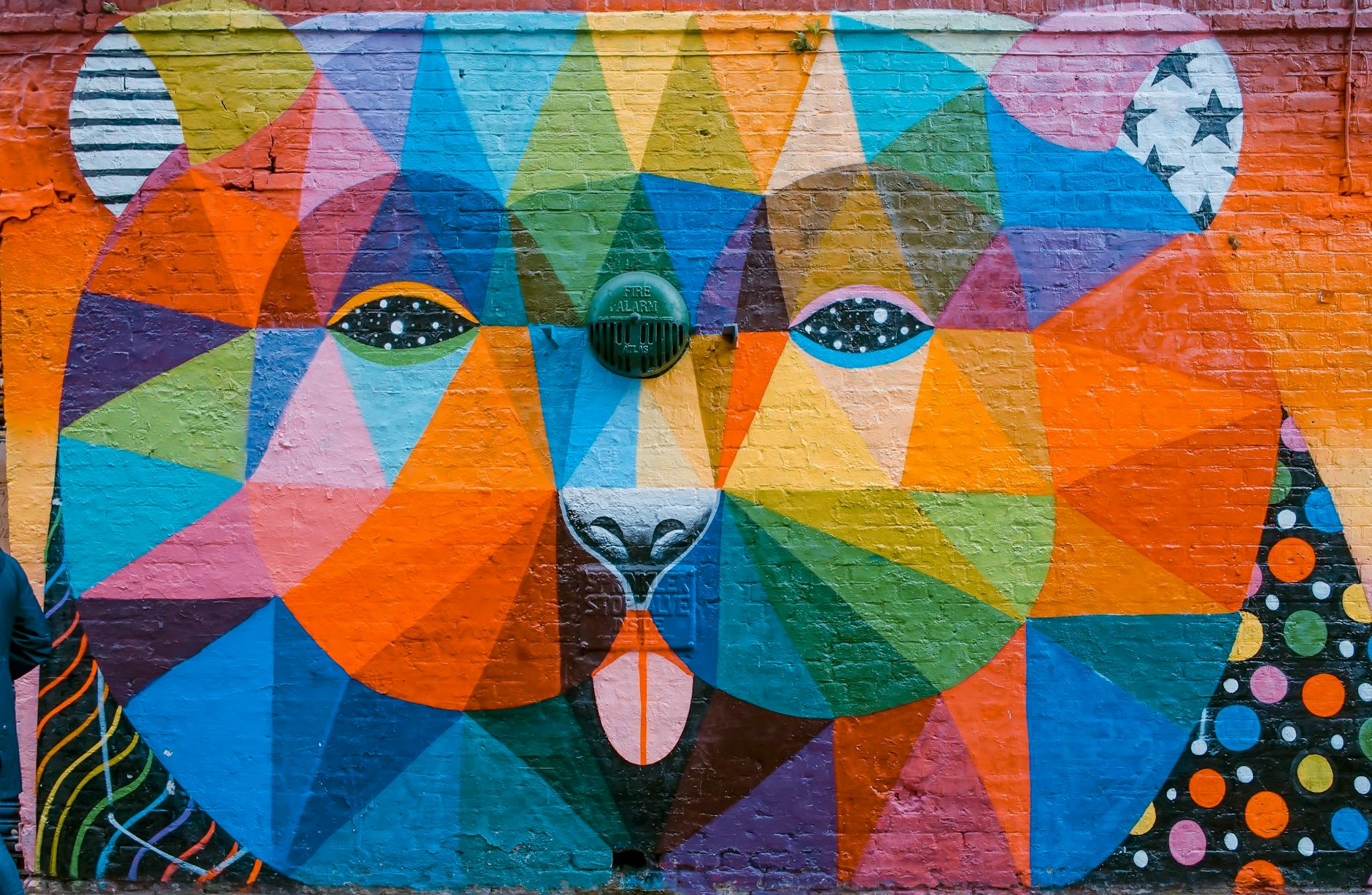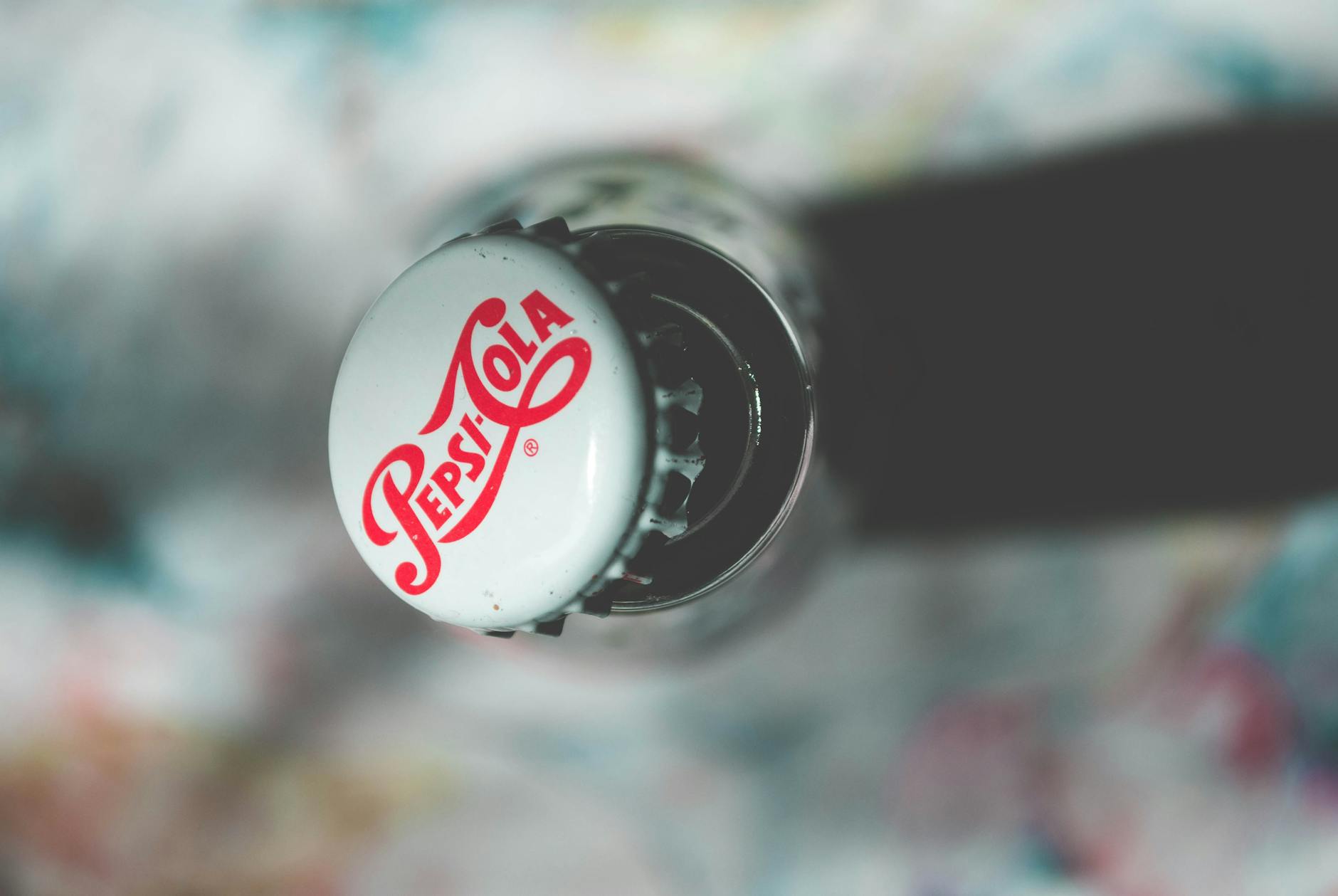In the fast-paced world of branding and graphic design, a logo is often the first impression your business makes. It’s the face of your brand, and it needs to convey the essence of who you are and what you stand for, all in a single visual symbol. A well-designed logo isn’t just a trendy design element—it’s a timeless piece of branding that will continue to resonate with your audience for years to come.

Creating a logo that stands the test of time requires more than just artistic skill. It takes thoughtful strategy, a deep understanding of your brand’s values, and a clear vision for how you want your company to be perceived. Here, we’ll walk you through the essential steps of designing a logo that not only looks great but also has staying power in the ever-evolving world of branding.
Understand Your Brand’s Identity
Before diving into the graphic design process, it’s crucial to have a deep understanding of your brand’s identity. Your logo should reflect the core values and mission of your business. Ask yourself: what does my business stand for? What are its values, personality, and tone? A logo isn’t just about looking aesthetically pleasing; it needs to tell a story and represent your company’s identity.
In branding, consistency is key, and your logo should serve as the cornerstone of that consistency. It’s essential that the logo complements the message your brand is trying to convey, whether that’s a sense of trust, excitement, sophistication, or creativity.
Research Your Target Audience
A logo should resonate with your audience, and this means understanding who they are. Graphic design is not just about making something look good; it’s about crafting something that speaks to the people who will interact with your brand. Who are your ideal customers? What kind of emotions do you want them to associate with your brand? These are the questions that will guide your logo design process.
By conducting market research and gaining insights into your audience’s preferences, you can ensure that your logo appeals to the right people. After all, the best branding strategies are rooted in a deep understanding of the people you’re trying to connect with.
Simplify Your Design
Simplicity is one of the key pillars of effective graphic design. A great logo doesn’t need to be overly complicated or cluttered with details. In fact, the most iconic logos in history are often the simplest ones. Think of the Nike Swoosh or the ‘Apple’ apple. These logos are memorable and instantly recognizable because they are clean, straightforward, and easy to reproduce across different media.
A cluttered logo can be difficult to reproduce and may not scale well across various platforms. Whether it’s on a website, business card, or billboard, your logo should maintain its integrity and legibility at any size. Focus on creating a logo that’s bold, clean, and versatile enough to work in all types of formats.
Choose the Right Colours
Color is an incredibly important aspect of branding and graphic design. Different colors evoke different emotions and associations, and they play a key role in how your audience perceives your brand. For example, blue is often associated with trust and professionalism, while red can evoke excitement and energy.
When selecting colors for your logo, make sure they align with the tone of your brand and the feelings you want to evoke in your audience. Your color choices should also be versatile enough to work across a variety of mediums, from digital platforms to print materials. Keep in mind that your logo’s colors should complement your overall brand color scheme for consistency.
Make It Scalable
A logo must work across all sizes and formats. Whether it’s being displayed on a small mobile screen or a giant billboard, your logo needs to be recognizable and legible in any context. One of the key principles of graphic design is scalability. A great logo maintains its visual integrity at any size, whether it’s being used on a business card or as a giant sign above your storefront.
This is where the simplicity of your logo design comes into play. A logo that is too detailed may lose its impact when scaled down. A minimal design will ensure that your logo remains clear and effective, no matter where it’s seen.
Be Unique and Memorable
In the crowded world of branding, standing out from the competition is essential. Your logo should be unique, distinctive, and memorable. A great logo doesn’t just blend in with the rest of the industry—it makes an impression and sets your brand apart.
Take the time to explore your competitors and identify what they’re doing with their logos. This research will help you create something that is fresh and distinct, rather than something that looks too similar to what’s already out there. A logo that stands out is one that will be remembered by your customers and will reinforce your brand’s position in the market.
Test and Refine Your Logo
Once you’ve designed your logo, it’s important to test it across different mediums and formats to see how it performs in real-world scenarios. Show it to different members of your team, get feedback from your target audience, and assess how well it represents your brand’s identity.
You may find that your logo needs a few tweaks or adjustments before it’s perfect. Don’t be afraid to refine your design until it feels just right. Remember, your logo will be the face of your brand for years to come, so it’s worth investing the time to ensure it’s exactly what you want it to be.
Ensure Longevity and Timelessness
The best logos are timeless. They don’t rely on trends that will fade away in a few years; instead, they remain relevant and effective for decades. When designing your logo, it’s important to think about its longevity. Avoid overly trendy design elements that might look outdated in a few years.
A great logo is one that can evolve with your business without losing its identity. By creating a logo that has a timeless feel, you can ensure that it will continue to serve your brand effectively, no matter how much your business grows and changes over time.
Finalize Your Brand Guidelines
Once your logo is finalized, it’s essential to create brand guidelines to ensure consistency in how your logo is used across all touchpoints. Your logo should always appear in the same colors, proportions, and formats, regardless of where it’s used. This consistency builds trust and reinforces your branding.
Brand guidelines are crucial for ensuring that your logo is applied correctly, whether it’s on your website, business cards, social media profiles, or any other materials. Clear guidelines will help protect the integrity of your logo and ensure it always looks its best.













